When park ranger Oren P. Senter was transferred to Big Bend from Hot Springs National Park in July 1944, he must have felt as if he’d been banished to purgatory. The first park ranger for the newly established park later wrote out the “Ranger’s Lament,” a poem to envelop a bigger than life barrenness. For the Spanish conquistadors, the name “El Despoblado” (“The Uninhabited Land”) burned the intimidating vision of the place into history. Sometimes called “Texas’s gift to the nation,” Big Bend is a nature lover’s El Dorado in the middle of nowhere.
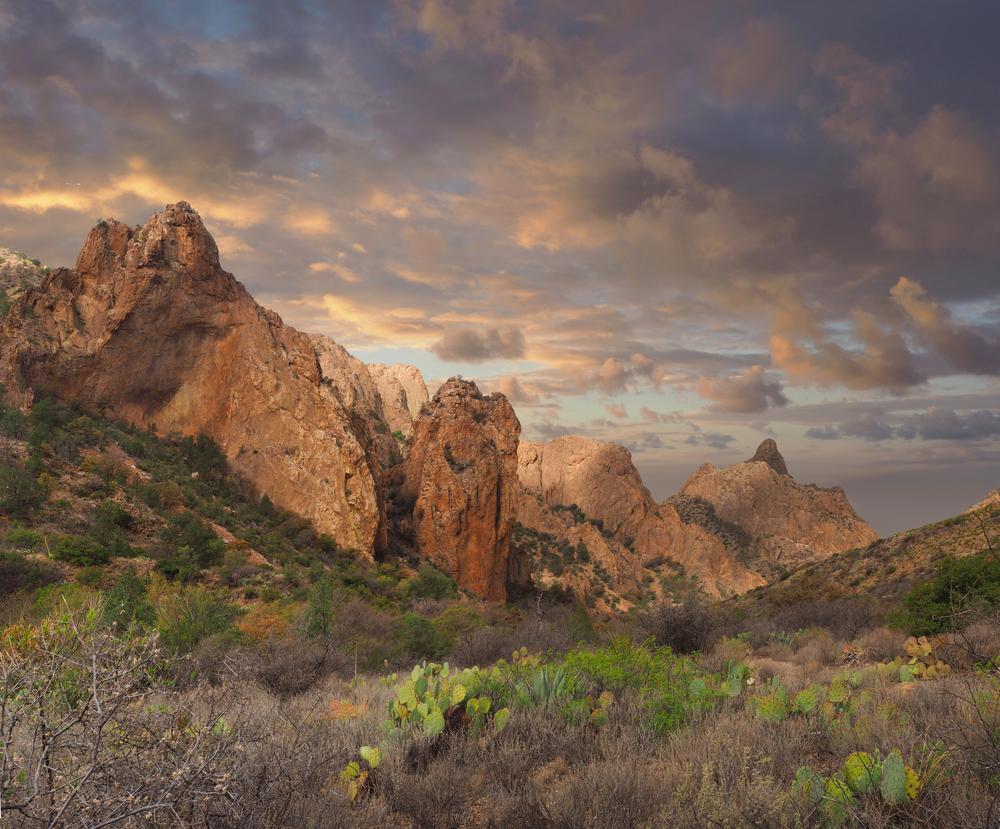
The area now encompassed by Big Bend National Park has a rich history dating back to Neolithic times. The fossil records of the region show diverse sea life as well as dinosaur remains, and the geological record extends more than 500 million years into the past. Set on top of the southwest Texas U.S.–Mexico border, the park covers 801,163 acres (1,251.8 square miles), with more than 1,000 miles on the Rio Grande River. The park is all about contrasts and extremes with temperatures routinely above 100 degrees Fahrenheit in lowland areas, or below freezing up in the Chisos Mountains (7,832 feet).
Big Bend is aptly named, since everybody knows things are a lot bigger in Texas. One of America’s least-visited wilderness areas, the park is made up of three unique environments: the Chihuahuan Desert, the Chisos Mountains, and the snaking Rio Grande river canyons. This fantastic nature adventure is not one of those family fun vacation experiences with waterslides and gift shops, taking up more space than the attractions. Big Bend is a place for free spirits in search of transformative nature. This is a place hikers think of when they imagine heavenly landscapes and hardcore walks. For others, it may be a place to hurry through—as it was for Spanish explorer Cabeza de Vaca during his search for El Dorado.
Here is a suggested list of places every visitor should see.
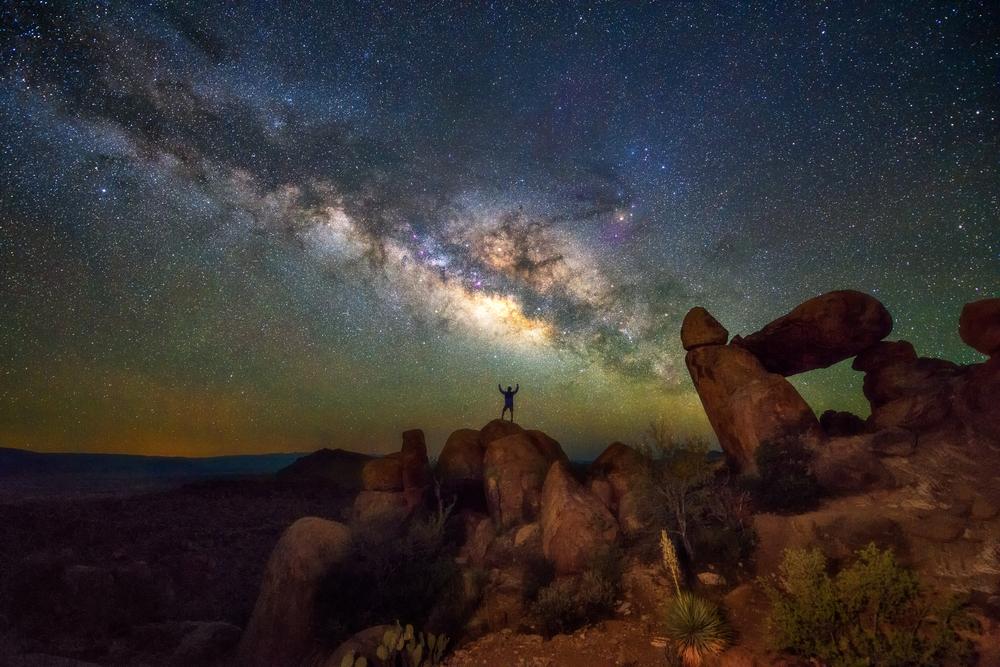
Start at Panther Junction
Panther Junction Visitor Center is where visitors get an overview of what the park has to offer. Most visitors will consider the park’s headquarters a basecamp for excursions to the main historic and wilderness areas. First-time visitors should go with the park rangers’ suggested itineraries.Depending on what time you arrive, a short drive from Panther Junction along the Ross Maxwell Scenic Drive to the Chisos Basin will get you off on the right foot. This route will take you across the stunning Chihuahuan Desert landscape. At the end of the car trek, you’ll discover the banks of the Rio Grande, and some short hikes to ranches and other historic sites.
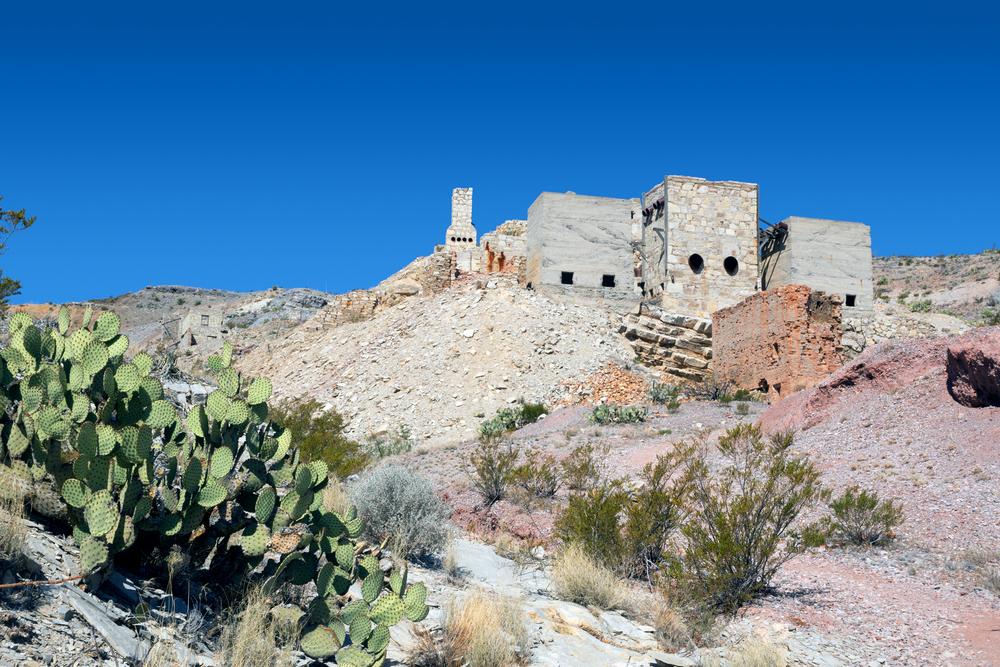
A must-see attraction in this part of Big Bend is Santa Elena Canyon, where you’ll begin to grasp the enormity of this side of Texas. Park officials suggest visiting the forested Chisos Mountains and the Window View Trail, if time permits. The award-winning Fossil Discovery Exhibit is a good choice, but for day two in the area. Some hiking trails, like the Lost Mine Trail (a five-mile round trip), are a great idea. There are some ranger-guided tours you should consider if your length of visit permits too. On a special note, be on the lookout for wildlife throughout your Big Bend experience. Don’t be surprised to encounter coyotes, mule deers, javelinas, Big Bend geckos, Texas horned lizards, rattlesnakes, and other critters that adapted to the environment here.
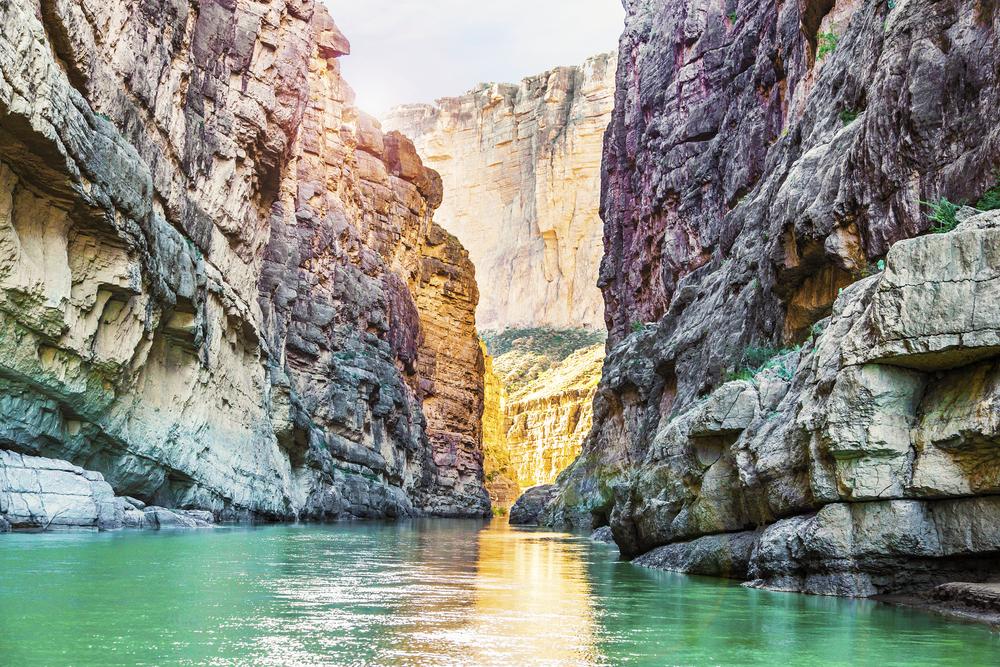
The Middle of Somewhere
The Rio Grande Village campground is the starting point to an endless backcountry adventure. Just by the banks of the Rio Grande, the inexpensive campsite (from $16 per night, but currently closed, so make sure to check the status as you make plans) is close to the Boquillas Canyon and Hot Springs and the Rio Grande Village Nature Trail.Nearby, the Boquillas Canyon Trail offers visitors stunning views of sheer cliffs, the meandering river, and inviting riverfront beaches. Catch the Boquillas Canyon at sunset—it’s spectacular when the sun drops behind the canyon’s western walls. Downriver, Hot Springs is a park feature you must not miss. Even though early 1900s homesteader and park promoter J.O. Langford’s lavish bathhouse at the thermal springs is long gone, Big Bend’s first significant attraction still welcomes those in search of its curative powers. Visitors can soak up the 105-degree wellness water still bubbling from a hole in the old foundation of the bathhouse. Of course, there’s a lot more to see and do in this area of the park.
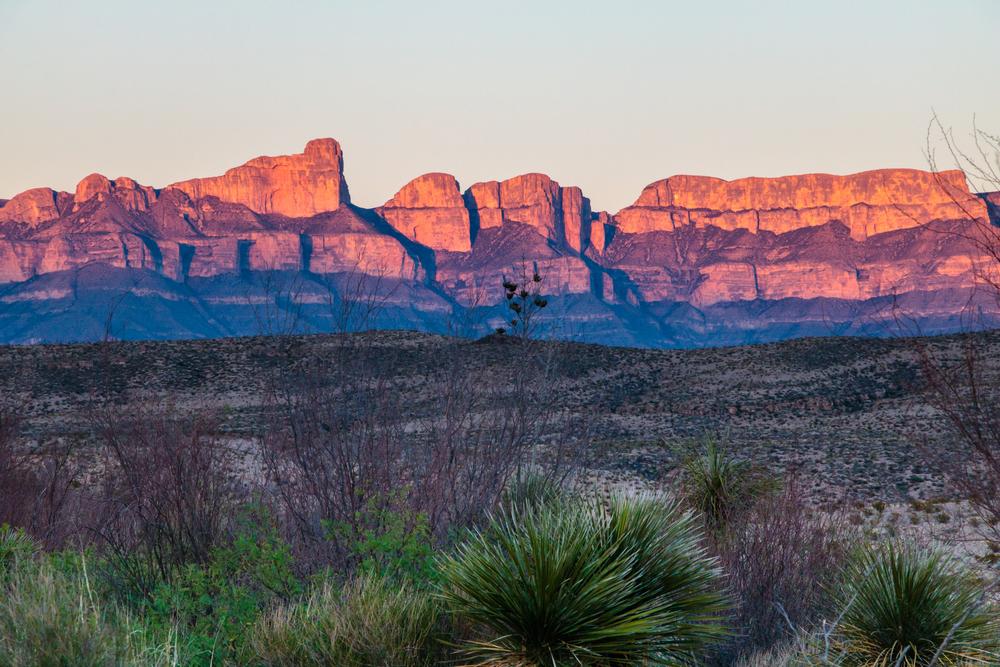
For experienced hikers, the Chimneys Trail, Mule Ears Trail, or Grapevine Hills Trail offer a stunning desert environment experience. Also, for would-be explorers of Chisos Mountains, the trails leading to Boot Canyon, Emory Peak, and the South Rim afford unbelievable panoramas of the park. Some of the park’s other historic attractions include Castolon, which is the oldest known adobe structure in the park, as well as Johnson’s Ranch, the abandoned Mariscal Mine, and the wonderful Comanche Trail, to name a few.
Big Bend National Park also invites young visitors to become official Junior Rangers. Young park goers can earn their official Junior Ranger badge for learning about the park’s natural and cultural history. What you should take away here is the mixed feelings park visitors get from being in the middle of nowhere, and their realization they’ve arrived smack in the middle of somewhere special.
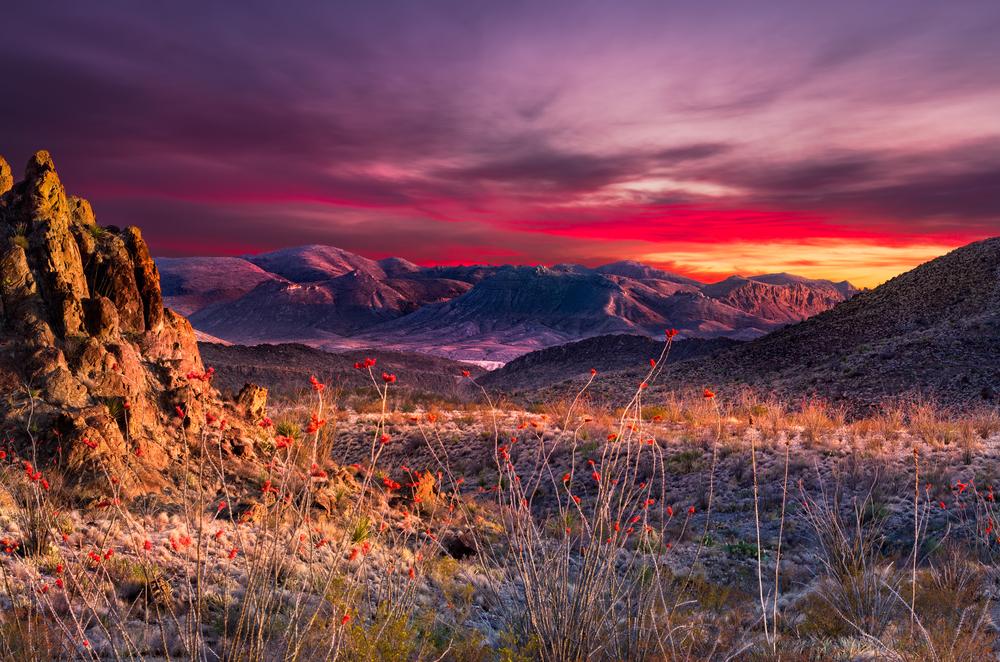
The Big Bend Illusion
There’s no way to provide more than a brief preview of Big Bend National Park. Visitors have the opportunity to dig deep into Texas myth and legend. Even the most prolific hiker will sooner or later be challenged by a desert or mountain trail. And wildlife lovers will experience one of the most unique places on Earth. The park has over 1,200 species of plants, 600 species of wildlife, and 3,600 insects.In addition, few areas in North America have more protected geological and paleontological resources. Cretaceous and Tertiary fossils are found abundantly in the park. The history and archaeology of Big Bend loom large as well, and scientists have discovered some artifacts from at least 9,000 years ago. The landscape is also dotted with historic buildings set in the middle of one of the Southwest’s most mysterious places.
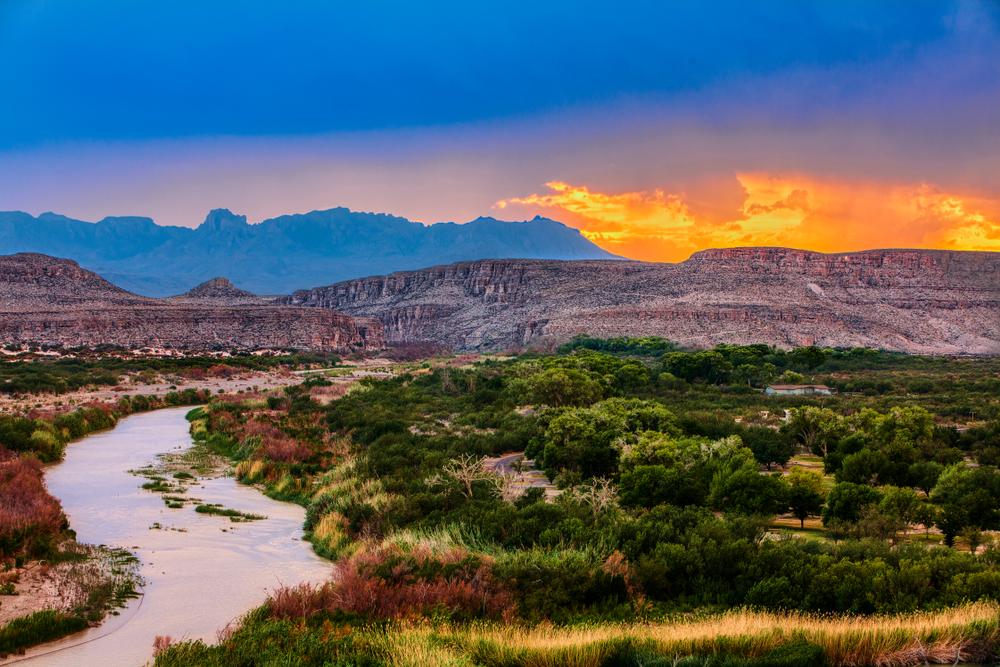
The only way to encapsulate Big Bend is to say it’s a “humbling experience”—a place the late historian and Texas chronicler Kenneth Baxter Ragsdale described as “variously a place, a state of mind, and at times an illusion.” The famous historian went on to suggest the Big Bend region is either a “heaven or a hell, a land of serene beauty or barren ugliness.” And anyone who’s been to this strip of haunting wilderness along the Rio Grande River will testify to the park’s soothing but eerie solitude. To truly experience the beauty of this magical place, you must make part of your experience on foot. Let the silence grip you, breathe in the creosote bush, glare into the sunset from the Window Trail, and find what serenity truly is.
Phil Butler is a publisher, editor, author, and analyst who is a widely cited expert on subjects from digital and social media to travel technology. He’s covered the spectrum of writing assignments for The Epoch Times, Huffington Post, Travel Daily News, HospitalityNet, and many others worldwide.

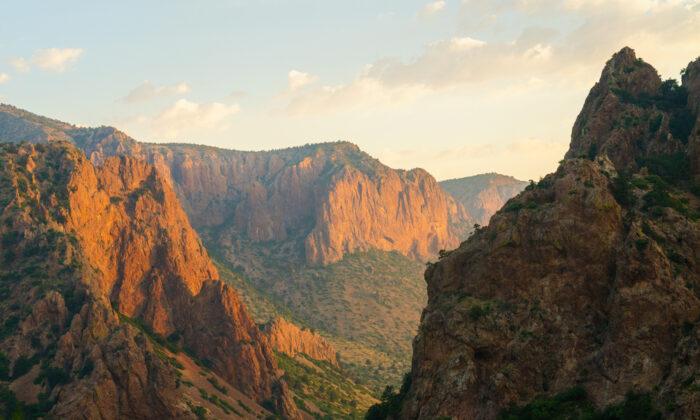

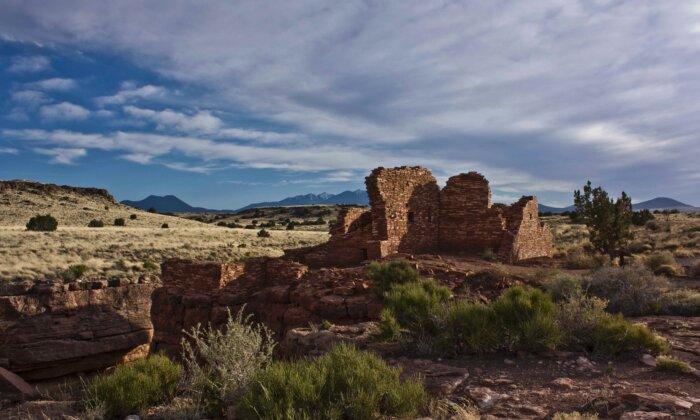
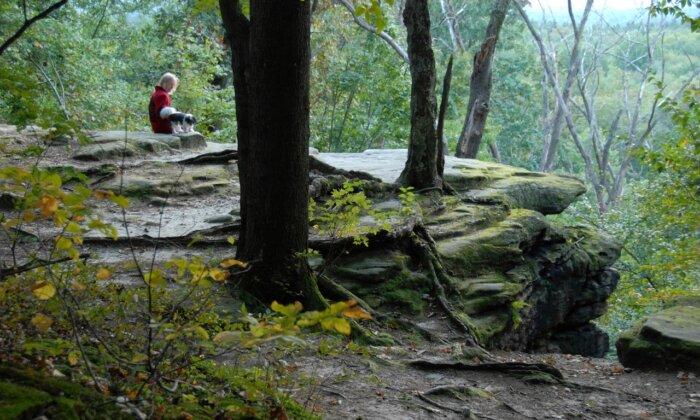
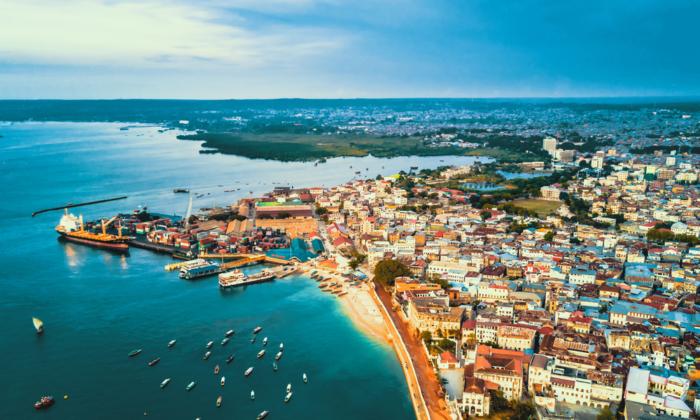
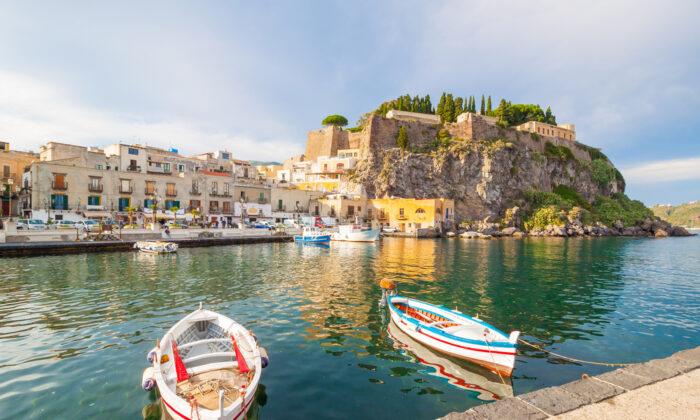
Friends Read Free